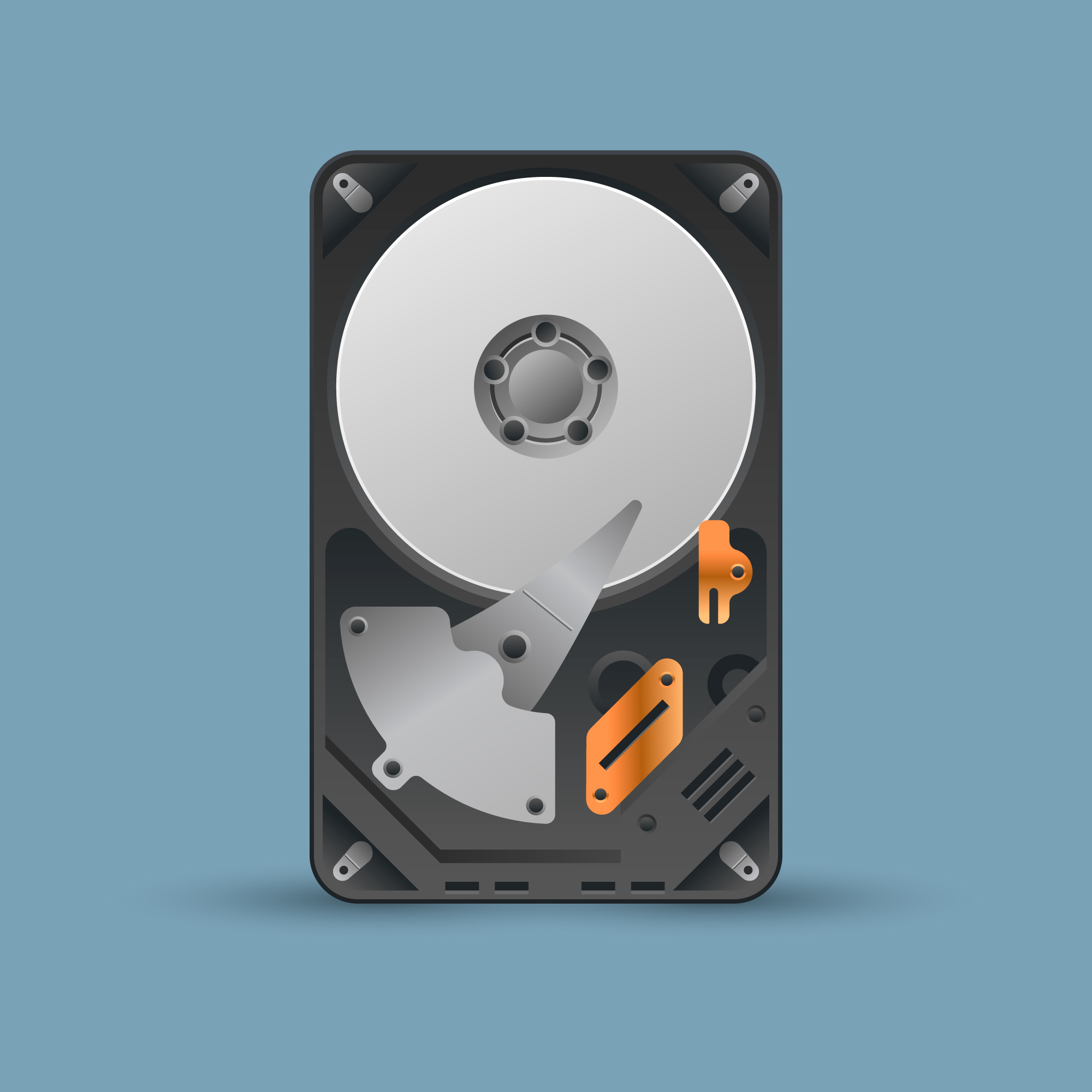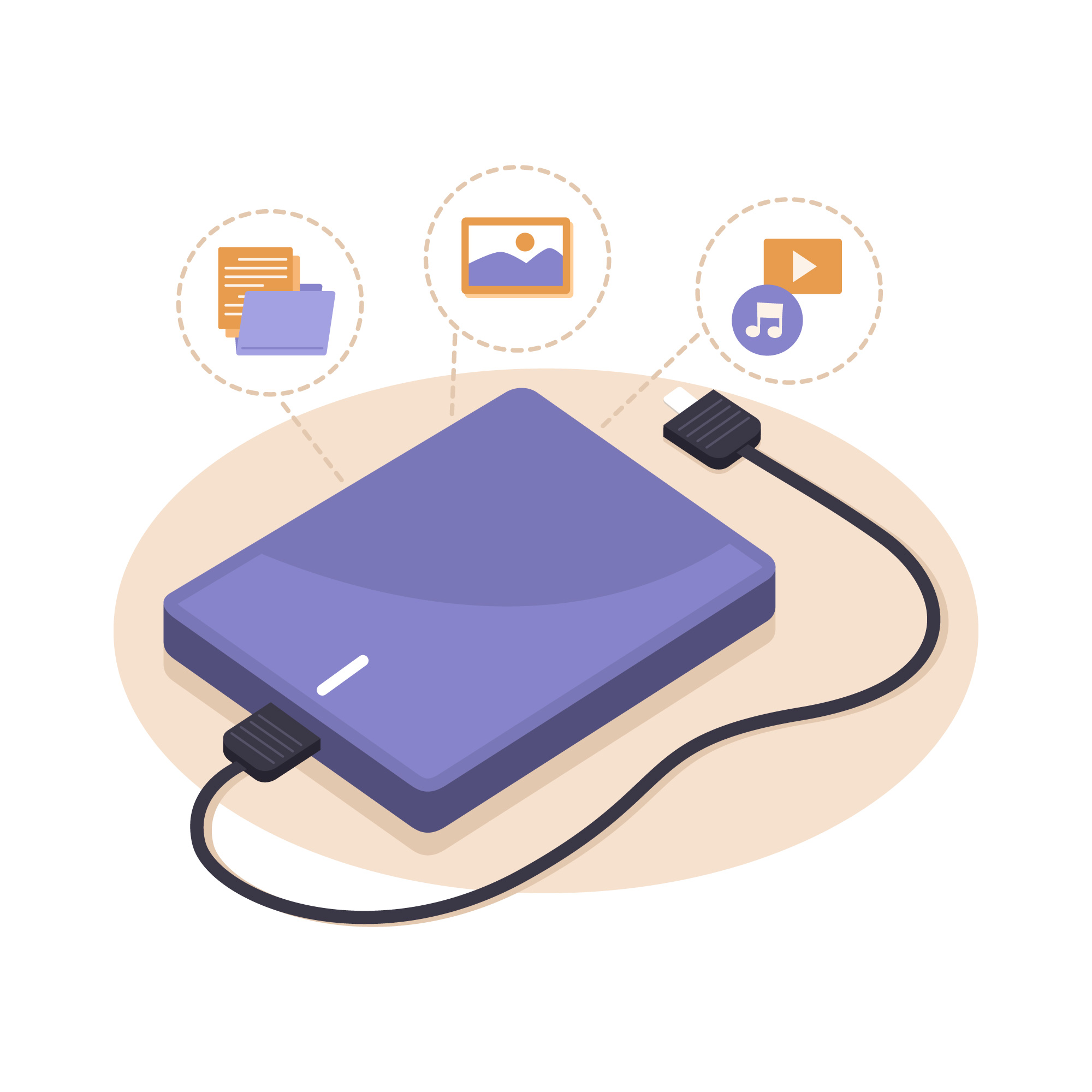A dedicated server can provide the reliability and performance you need when hosting your website or application.
Pick the right dedicated server specifications can be difficult, especially if you’re new to the world of hosting.

Don’t worry; we’re here to guide you through the process and help you make an informed decision. So let’s start!
Step 1: Assess Your Requirements
Before you start looking for dedicated server options, evaluating your specific needs and requirements is essential.
Consider factors like the nature of your website or application, expected traffic volume, storage requirements, and any specialized software or applications you may need to run.
Understanding your requirements will help you determine the right specifications for your dedicated server.
Step 2: Processing Power – CPU
The central processing unit (CPU) is the brain of your dedicated server. It handles all the computations and tasks required to run your applications smoothly.
When selecting a CPU, look for factors such as the number of cores, clock speed, and cache size. If you’re running resource-intensive applications, a server with more cores and a faster clock speed will ensure optimal performance.
Step 3: Memory – RAM
Random Access Memory (RAM) plays a crucial role in the performance of your server. It allows your server to store and quickly access data that is actively in use.
More RAM means your server can handle multiple requests simultaneously, improving overall performance. Consider your application’s memory requirements and choose a dedicated server with sufficient RAM to accommodate your needs.
Step 4: Storage – Hard Drives
Storage is where your website or application’s data is stored. Regarding dedicated servers, you have two primary options for storage: hard disk drives (HDDs) and solid-state drives (SSDs).
HDDs offer larger storage capacities at a lower cost, making them suitable for applications that require ample storage.

On the other hand, SSDs are faster and more reliable, making them ideal for high-speed data access applications.

Step 5: Bandwidth and Network Speed
Bandwidth refers to the amount of data transferred between your server and users within a specific time frame. It determines how quickly your website or application can respond to user requests.
Opt for a dedicated server with sufficient bandwidth to accommodate your expected traffic volume. Additionally, consider the network speed provided by the hosting provider. A fast and stable network will ensure smooth data transfer and optimal user experience.
Step 6: Scalability and Future Growth
While selecting a dedicated server, keep scalability and future growth in mind. Your website or application may experience increased traffic and resource demands over time.
Ensure that the server specifications you choose allow for easy scalability, whether it’s upgrading CPU, RAM, or storage. This flexibility will save you from the hassle of migrating to a new server in the future.
Step 7: Managed or Unmanaged Servers
Lastly, decide whether you prefer a managed or unmanaged dedicated server. A managed server comes with the hosting provider’s technical support, monitoring, and maintenance services.
This option suits those who prefer to focus on their core business and leave the server management to experts. Conversely, an unmanaged server gives you complete control over server management but requires technical expertise to handle tasks like server setup, security, and updates.
Conclusion
Picking the right dedicated server specifications is crucial for the smooth functioning of your website or application.
Assess your requirements, consider CPU, RAM, storage, bandwidth, and network speed, and plan for scalability and future growth.
Finally, decide between managed and unmanaged servers based on your technical expertise and support requirements.
By following these steps, you’ll be well-equipped to make an informed decision and choose the perfect dedicated server for your online endeavours.